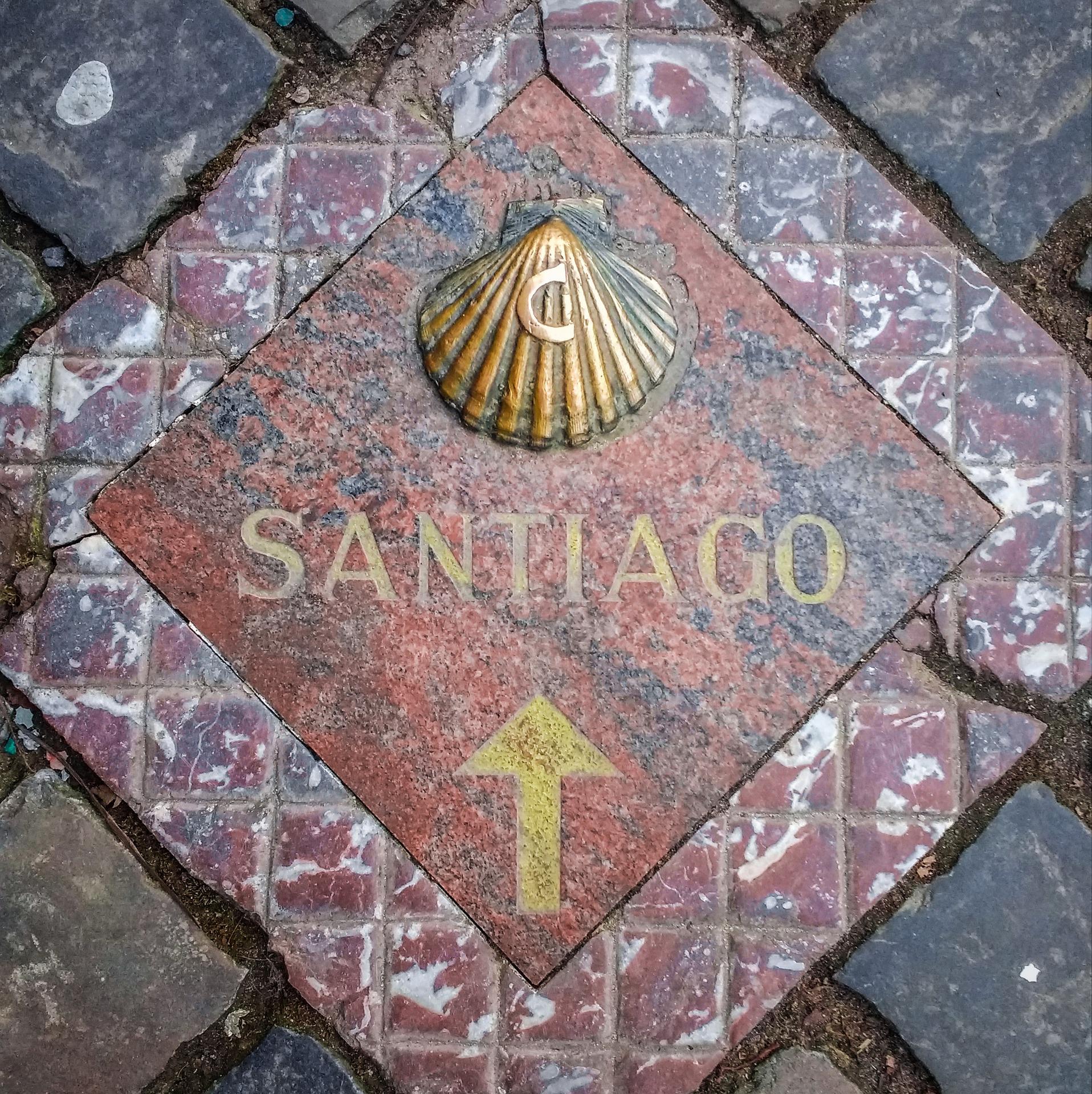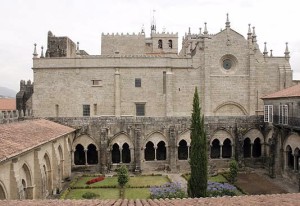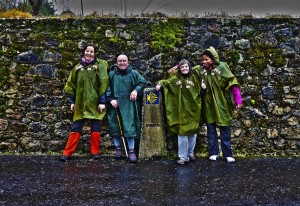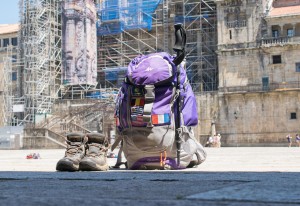How many times have you enjoyed the famous Game of the Goose with friends and family? From goose to goose and I shoot because it’s my turn. From bridge to bridge and I shoot because the current takes me.
Generation after generation, it is a game that does not become obsolete and that you will almost always find on the back of the Parcheesi board.
Many have been the weekends, holidays and group afternoons in which we have been distracted advancing through their boxes and even debating what is the rule to follow in each of them. “In my house we play like this!” But….what is the true origin of this game? And why are we talking about him in this post?
Origin of the Game of the Goose
Although it is true that there are many theories about it and that none of them is corroborated, the main ones are:
- A creation of the Greeks during their siege of Troy
- Originating in the Florence of the Medici
- Created by the Templars, in the 12th century, inspired by the Camino de Santiago
Obviously, here we are going to develop the last of the theories that we have exposed and we are going to tell you the reason for it and its arguments.
The Game of the Goose and the Camino de Santiago
As we have already mentioned before, there is a theory that it was the Knights Templar who were based to invent this entertainment. They defended the pilgrims who made the Way (to holy cities such as Rome, Santiago or Jerusalem).
In reality, the Game of the Goose is a representation of the French Way in which, in addition to points of tourist interest that we will name later, there are boxes such as “la posada”, which would represent the hostels in which to stay on the arrival of each stage.
It is also said that the wells represent the low moods that are suffered during the experience. That the labyrinths are a paragon of physical losses and that the game instrument, the dice, represents the chance that was suffered during the journey.
And to make matters worse, the animal of the goose was chosen for its close relationship with the Way, since it is a migratory bird that travels from East to West and whose end is Finisterre. In fact, many of the places through which the French Way passes have a certain relationship with this animal, such as Villafranca Montes de Oca, Puerto de Oca, Ocón or El Ganso.
Points of tourist interest
Along the boxes you can see different points of the Camino de Santiago represented. It is said that the different bridges are the Puente de la Reina de Jaca, the Puente de la Reina in Navarra or the Puente de Estella.
The prison, a box in which you have to lose several turns, is also compared with the San Marcos Hospital in León. The square of the goose bears a certain similarity with O Cebreiro, the square of death with Santiago or the final square with Finisterre.
More curiosities about Game of the Goose
There are those who have stopped to study the board of this game even more thoroughly, reaching other conclusions that are much more curious, if possible. For example, the relationship of the number 9 with both the game and the Path.
If we start from the tarot cards, the number 9 represents the pilgrim. And from here the cabals begin:
– the last square on the board has the number 63, which adds up to a total of 9.
– the founders of the temple were 9
– the designers of the Cathedral of Santiago made it around the number 9
Whether or not this theory is correct, the truth is that there are many “coincidences” and we might think that it is not misguided. What do you think? Did you know?












